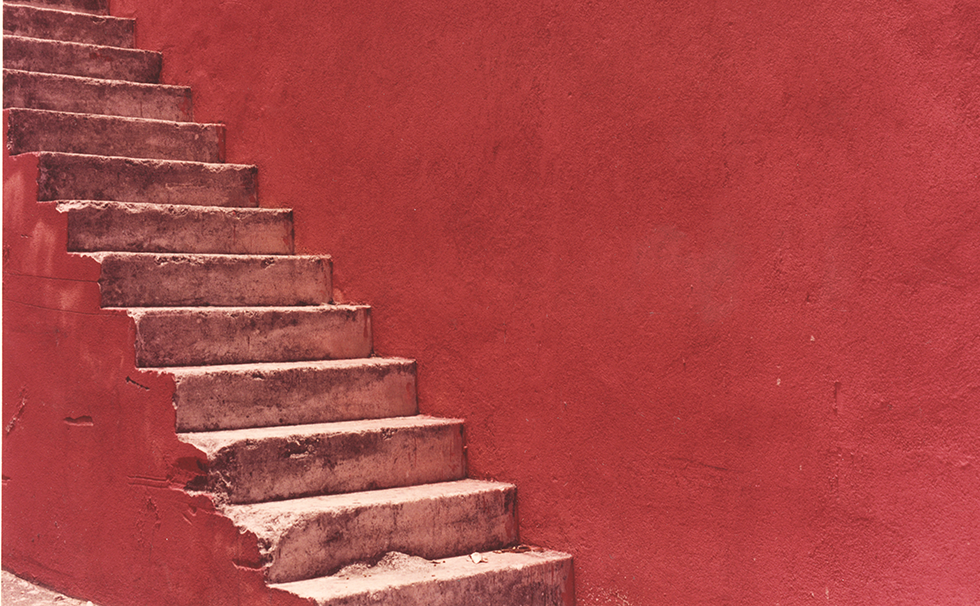Jorge Otero Photographs

Jorge Otero Photographs
SEPTEMBER 8 – OCTOBER 27, 2014
Critical to an understanding of Jorge Otero’s work is that photography was a passion for him – as was cooking, travel, music, friendship and literature. He made photographs the “artisanal” way, as something equal to painting or drawing and very much dependent on scale, size, physical presence, and the intervention of the “intelligent hand.” Earlier, as a printmaker, etching had been his preferred medium, showing the influence of the Spanish Surrealists, particularly Miro, and he engaged photography almost as a printmaking medium, controlling and adjusting chemistry and darkroom conditions specifically for each image, producing a restricted numbers of prints. This distinguishes his film-based approach, especially now that so much art in our era of digital replication is – or concerns itself with – primarily “image.” After decades of photographing and printing, Otero did explore digital photography and alternative printing techniques, but neither became important to his work.
Otero experienced a conundrum about dates for his works, one that reflects the importance of printing to his approach; which date best describes the completion of the work, when it was composed in the viewfinder and given life as a brief flash of light on the film, or when it was refined and deftly manipulated in the darkroom? For Otero, image collection with the camera was the start of the process of visualizing the final result, of which there were often many sizes and variations. One of the last series of works, that of a defunct sugar mill in central Louisiana, saw him return to the 4×5 large-format camera. But his preferred tool was the Hasselblad 2 1/4-inch format, which enabled him to visualize the image on the ground glass with immediacy, leading to a photography that was carefully contemplated, aesthetic, and vital.
Jorge Otero saw himself as the product of complex cultural interactions, Cuban-American being only the most obvious. “Culture” for him was not static or embalmed, but the confluence of living traditions of which “art” was only one of many aspects. Otero’s images generally reflect a cultural inheritance that has historically valued the poetic imagination, regardless of specific subject or content. Like Pablo Neruda’s poetry Otero’s varies stylistically across many subjects. Whether evincing an abstract-classical, lingering romantic, or even a surrealist sensibility, his photos often have an elegiac temperament.
Otero’s work will be officially introduced as part of Seis Miradas por Lantinoamerica, (Six Perspectives of Latin America). Seis Miradas was organized by Prof. Pat Dixon (WFU Music) as an interdisciplinary project centered on the poetry of Pablo Neruda and its reflection in music and art.
About the Artist
Jorge Otero saw himself as the product of complex cultural interactions, Cuban-American being only the most obvious. “Culture” for him was not static or embalmed, but the confluence of living traditions of which “art” was only one of many aspects. Otero’s images generally reflect a cultural inheritance that has historically valued the poetic imagination, regardless of specific subject or content. Like Pablo Neruda’s poetry Otero’s varies stylistically across many subjects. Whether evincing an abstract-classical, lingering romantic, or even a surrealist sensibility, his photos often have an elegiac temperament.
Curator
Paul Bright, curator. Exhibition organized with the generous assistance and insights of Catherine Smith and David Houston.
Reception
SEPTEMBER 22, 5-7 PM
Related Programs
Reception and Remarks as part of Seis Miradas por Lantinoamerica, (Six Perspectives of Latin America)
September 22, 5-7 PM

